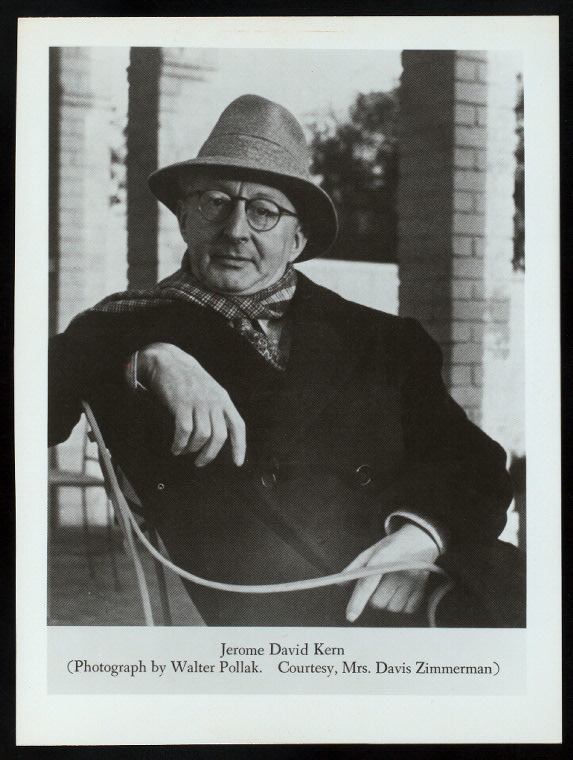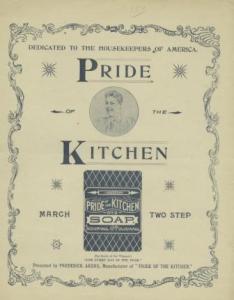J. Rosamond Johnson and "Lift Every Voice"
by Barbara Cohen-Stratyner
September 22, 2016
The National Museum of African American History & Culture opens on September 24, 2016. The Smithsonian has decided to name the celebration “Lift Every Voice,” borrowing the phrase from the song known as America’s Black National Anthem.
Public Domain Theater: The Black Crook
by Doug Reside, Curator, Billy Rose Theatre Division, New York Public Library for the Performing Arts, Dorothy and Lewis B. Cullman Center
January 21, 2016
This month, thanks to the Library’s release of all of our high resolution photographs of objects with no known U.S. copyright restrictions, the promptbook, the sheet music, and the photos may be used without restriction for any purpose, including commercially.
Frank Sinatra's "The House I Live In"
by Barbara Cohen-Stratyner
June 29, 2015
The Sinatra: An American Icon exhibition has many wonderful media stations for visitors—songs, excerpts from television specials, films trailers and featurettes, and a juke box. But the one that is garnering the most attention is “The House I Live In,” the RKO short subject that won Sinatra his first Oscar.
"...a half-acre of strings..." Sinatra on the Radio
by Barbara Cohen-Stratyner
April 17, 2015
LPA is hosting public programs about listening to Sinatra on the radio, as thousands of Americans would do every week.
MY Business is to Sing: Emily Dickinson, Musician and Poet
by George Boziwick
December 9, 2014
The daily musical activities of poet Emily Dickinson reveal a great deal about the cultural offerings available to a woman of her time, place, and class. For Dickinson, these experiences provided a vital and necessary backdrop for her identity and and more importantly, for her emerging poetic voice.
The Star Spangled Banner 1814-2014
by George Boziwick
October 7, 2014
October 2014 marks the 200th anniversary of the first publication of “The Star Spangled Banner.” There are only eleven copies of the first edition known to exist, and the Music Division of The New York Public Library for the Performing Arts is fortunate and proud to own one of those copies.
I Read the Journal-American Today, Oh Dear: Beatles Files Part 1
by Barbara Cohen-Stratyner
March 24, 2014
Ladies and Gentlemen…The Beatles will be on view at The New York Public Library for the Performing Arts (LPA) from February 6 through May 10, 2014. A project of The GRAMMY Museum® at L.A. LIVE and Fab Four Exhibits, it commemorates The Beatles’ first tour of North America. The title and inspiration are taken from their appearance on The Ed Sullivan Show, February 9, 1964. It covers the brief time in which the Beatles toured for live concerts.
Finding a Life at The New York Public Library: Emily Dickinson, the Avid Music Collector
by George Boziwick
December 10, 2013
December 10th is the birthday of Emily Dickinson (1830-1886), a beloved poet who in her youth was a talented pianist and active music collector. The collections of The New York Public Library serve to illuminate those interests and activities in a variety of ways.
Archives & Special Collections,Amherst College, used with permission.In 1846, Emily Dickinson's second cousin, Olivia Coleman, wrote to Emily from Philadelphia: "We discovered a new Music Store, and I purchased the song 'I'm alone—all alone,' for I am truly alone without
Women Composers: From the Middle Ages to the Present
by Stevie Feliciano, Hudson Park Library
June 27, 2013
Until relatively recent decades, women have had severely limited opportunities within Western art music especially composition. Unfortunately women were often encouraged as amateurs but not professionals. Historically, there have been many obstacles facing woman as professional performers and composers.
The first dates all the way back to the beginning of the fourth century, in keeping with the Pauline injuction, Mulier in ecclesia taceat, which translates to "Let women keep silence in church." Women could and did make music in their own separate convents,
Learning from Music Manuscripts
by Bob Kosovsky, Librarian, Rare Books and Manuscripts, Music Division, New York Public Library for the Performing Arts, Dorothy and Lewis B. Cullman Center
May 6, 2013
A class from Mannes examines music manuscriptsIt can be a special experience when students make contact with primary resources. I have written previously about a class visit to examine documents from the life of Johann Sebastian Bach. A few weeks ago I had the great opportunity to introduce students to a fundamental primary resource: music manuscripts. My colleague Fred Fehleisen (of Mannes College the New School for Music) brought his class to the
La veuve Boivin: A Woman at the Beginning of the Music Publishing Industry
by Bob Kosovsky, Librarian, Rare Books and Manuscripts, Music Division, New York Public Library for the Performing Arts, Dorothy and Lewis B. Cullman Center
April 12, 2013
Consider this a late contribution to this year's Womens' History Month.
When most people think of the involvement of women in music they probably think of performers or composers. To be sure, women performers have been at the forefront of music for centuries, and in recent years awareness of women composers has grown enormously, particularly with those from the twentieth century. But there is at least one other music-related field in which women have made a significant mark: publishing.
Between the seventeen-century to the middle of the nineteenth-century,
New Mendelssohn Discoveries in the Music Division
by Bob Kosovsky, Librarian, Rare Books and Manuscripts, Music Division, New York Public Library for the Performing Arts, Dorothy and Lewis B. Cullman Center
January 31, 2013
Felix Mendelssohn's signature from Drexel 4903It is still possible to discover amazing things in the New York Public Library in 2013, its 108th year of existence. What's even more amazing about this story is that the discovered items have been with the Library since its founding and have gone unnoticed until now. I am happy to write this story in anticipation of February 3, 2013, the 203rd birthday of composer Felix Mendelssohn Bartholdy.
Part of my work in the Music Division involves cataloging scores — not newly published materials, but a portion of the over
Happy Public Domain Day, 2013!
by Bob Kosovsky, Librarian, Rare Books and Manuscripts, Music Division, New York Public Library for the Performing Arts, Dorothy and Lewis B. Cullman Center
January 2, 2013
No copyright!
Our markets, our democracy, our science, our traditions of free speech, and our art all depend more heavily on a Public Domain of freely available material than they do on the informational material that is covered by property rights. The Public Domain is not some gummy residue left behind when all the good stuff has been covered by property law. The Public Domain is the place we quarry the building blocks of our culture. It is, in fact, the majority of our culture.
—James Boyle, The Public Domain, p.40f, 2008, quoted on the
"It's Great! But Why is it Here?" Musical Revue Research Guide, Part 2
by Barbara Cohen-Stratyner
December 17, 2012
In the Research Guide, Part I, I advised that the easiest way to find information at LPA is by name or title. I advised that the research can benefit by compiling a list of every person in or involved in a production and serendipity can come your way. That third dancer from the left can become a star and/or obsessive collector or just happen to have the right piece of information in a clipping file. Sometimes, however, you can do your research prep and be looking in a
The Music of Oh, Boy!
by Doug Reside, Curator, Billy Rose Theatre Division, New York Public Library for the Performing Arts, Dorothy and Lewis B. Cullman Center
September 24, 2012
A guest post by Professor William Everett
Part of the innate appeal of the Princess Theatre musicals comes from the songs, which famously emerge out of the plots. Musical numbers in these shows illuminate some dimension of the story; characters often reflect on what is happening at the time or offer insights into their personalities and desires. As Stephen Banfield asserts in his extraordinary study of Kern and his music, songs in the Princess Theatre musicals constitute the middle parts of sequences that generally move from dialogue to song to dance. (Banfield,
Advertising Through Marching: Sheet Music at LPA
by Karen Burke
August 24, 2012
The Music Division has an amazing amount of sheet music, much of which is not listed in the online catalog. Over the years, some of this sheet music has been compiled into different collections. One of these collections called, P.I. Marches or Popular Instrumental Marches, contains marches that were arranged for the piano.
While compiling a database of these marches I came across several that were written as advertisements. These marches were published between 1897 and 1923. They represent a range of companies whose
 With your library card, it's easier than ever to choose from more than 300,000 e-books on SimplyE, The New York Public Library's free e-reader app. Gain access to digital resources for all ages, including e-books, audiobooks, databases, and more.
With your library card, it's easier than ever to choose from more than 300,000 e-books on SimplyE, The New York Public Library's free e-reader app. Gain access to digital resources for all ages, including e-books, audiobooks, databases, and more.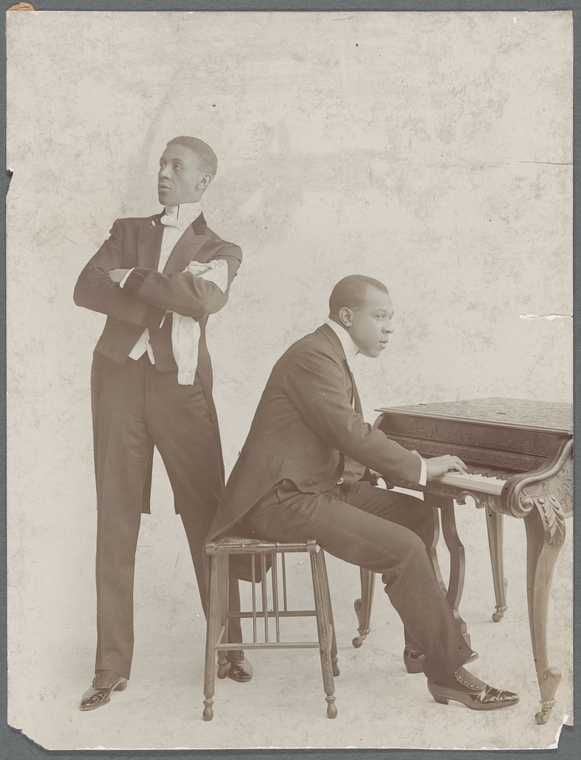
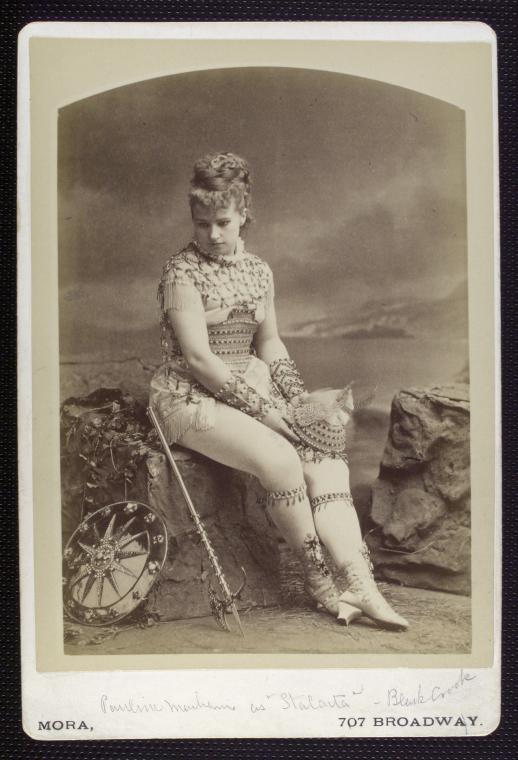
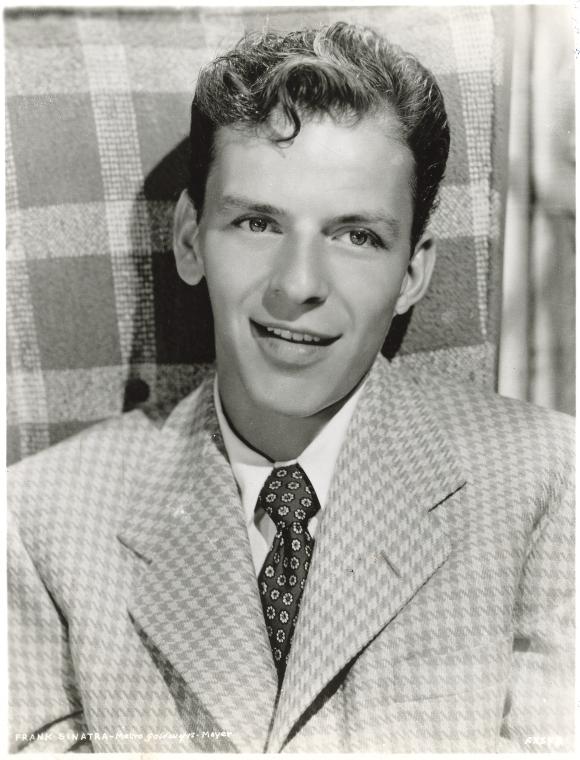
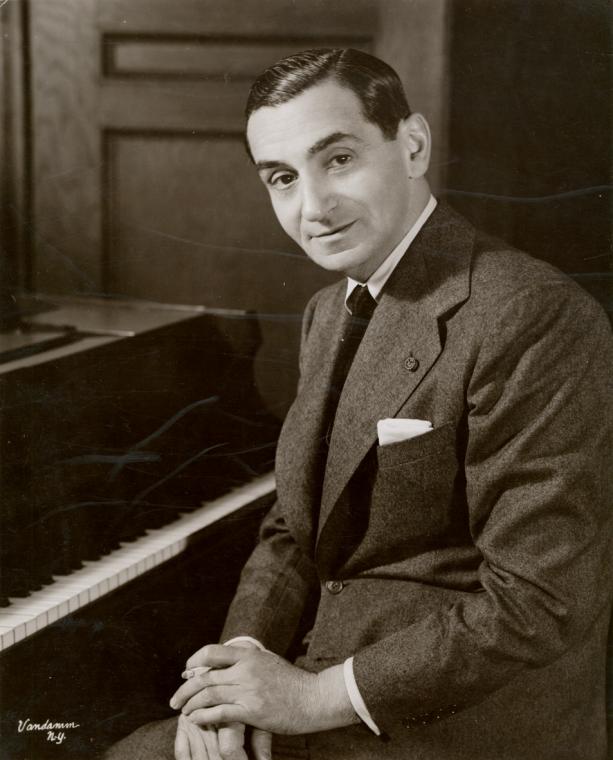


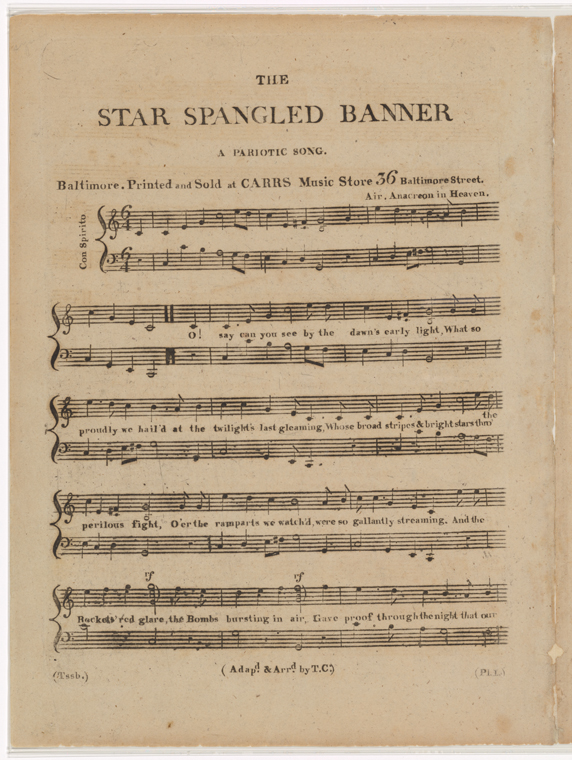




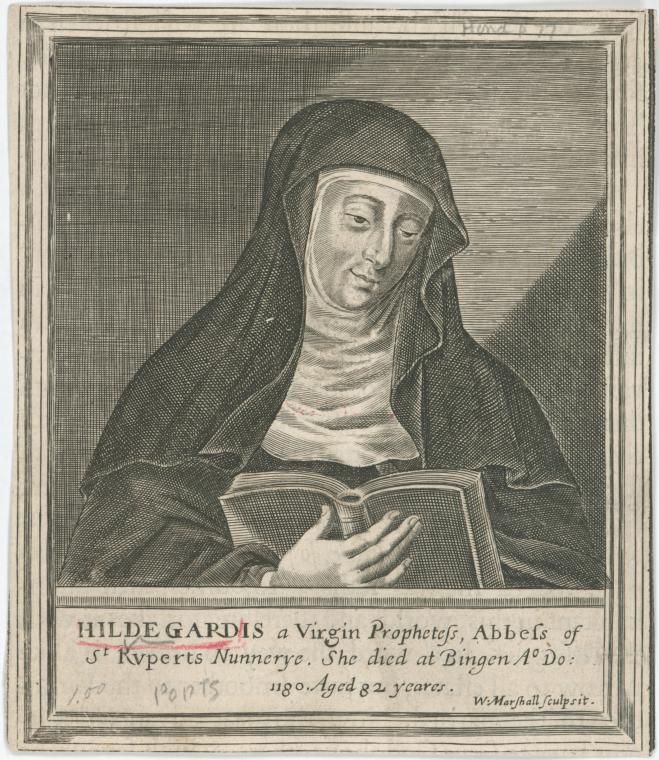







![g99c129_001 Drifting along with the tide / words by Arthur Jackson ; music by Geo. Gershwin. [George White's scandals, 1921. Drifting along with the tide....] (1921)](https://images.nypl.org/?id=g99c129_001&t=w)
